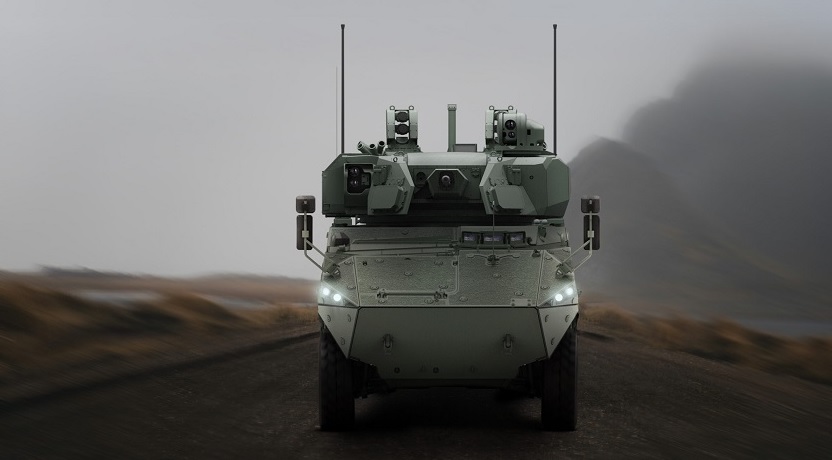GE to Retain Key F-414 Engine Technology in Transfer Deal with India: What This Means for HAL and Indigenous Production

In a move that could significantly enhance India’s aerospace capabilities, GE Aerospace and Hindustan Aeronautics Limited (HAL) are nearing a landmark agreement for the transfer of technology (ToT) for the F-414 engine. This deal, expected to be finalized later this year, will allow HAL to produce the F-414 engine locally in Bangalore, marking a significant milestone for India’s defense manufacturing sector.
The F-414 engine, which powers several fighter jets, including the indigenous Tejas Mark 2, is known for its high performance and reliability. Through this deal, India will gain access to approximately 80% of the engine’s manufacturing technology—an unprecedented level of technology transfer for this particular engine. By comparison, South Korea, which also uses the F-414 engine in its KF-21 fighter jet, received only 59% ToT. This illustrates the scale and importance of the agreement between India and GE Aerospace.
However, there are some critical elements of the technology that GE will retain. One of the key components withheld from the transfer is the single crystal (SX) blade casting process. These blades are vital for the engine's performance, as they can withstand extremely high temperatures and pressures within the engine's turbine section. Despite this limitation, HAL will gain the necessary technology to coat and machine these blades, giving it significant manufacturing control over the majority of the engine components.
In addition to the SX blades, the software for the Full Authority Digital Engine Control (FADEC) system will also remain under GE’s control. The FADEC system is crucial for optimizing engine performance, as it precisely manages the engine’s parameters, including fuel flow and engine speed, ensuring efficient operation and safety. While HAL will not have access to the software, the Indian company will be able to locally manufacture the physical components of the engine, giving it control over most of the production process.
The remaining 20% of the engine technology, which includes these sensitive elements, will be supplied directly by GE Aerospace to HAL, ensuring that GE retains control over critical intellectual property. This arrangement balances HAL’s manufacturing autonomy with GE’s protection of its proprietary technologies. It allows HAL to gain extensive knowledge and expertise in engine manufacturing while maintaining GE's control over the most critical elements of the engine.
India’s indigenous capabilities in engine manufacturing are also progressing, particularly in the casting of single crystal blades. The country made significant strides in this field during the development of the Kaveri engine, a domestic jet engine project. Although the SX blade technology transfer is withheld in the GE deal, India could potentially replace the withheld components in the future using its own advancements, allowing for complete local production of the engine.
The deal’s finalization will not only bolster India's defense capabilities but also reduce its reliance on foreign suppliers. By establishing a domestic production line for the F-414 engine, India will create new opportunities for local industries and jobs, driving growth in its aerospace sector. Furthermore, this transfer of technology will significantly elevate HAL’s capabilities, putting India on the path to becoming a global leader in advanced jet engine production.
As India continues to advance its indigenous defense manufacturing capabilities, this partnership with GE Aerospace is poised to be a crucial step toward greater self-reliance. While key technologies will remain under GE’s control, India is well-positioned to leverage its own expertise and resources to eventually bridge these gaps, potentially leading to full local manufacturing of high-performance jet engines in the near future.



